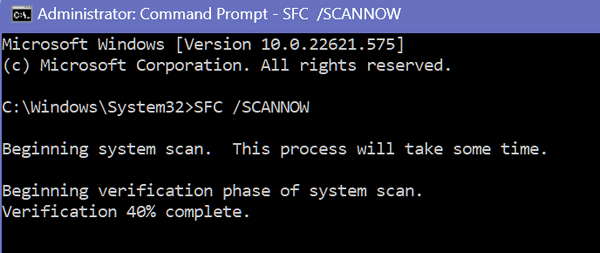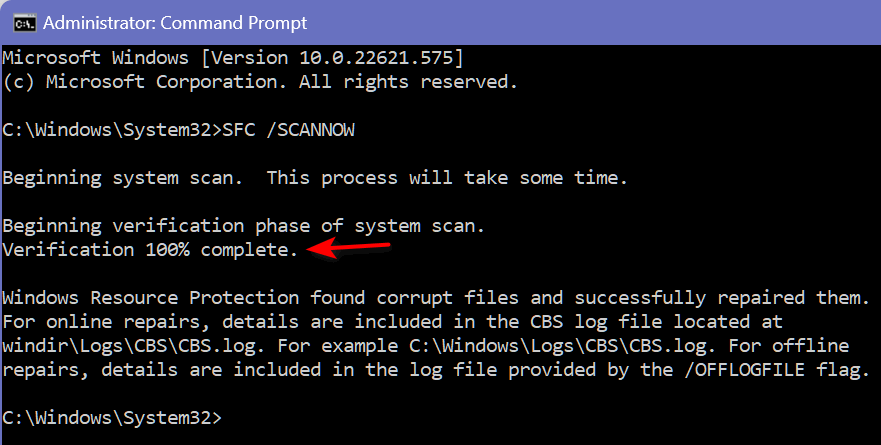Easy Things You Can Do to Fix Your Own Computer
This tip is for Windows 10 and Windows 11
We’ve been working with and helping Windows users since Windows 98 and we’ve seen almost everything during that time. We have learned that everyone at some time or other has problems with Windows. And we have learned a lot of tricks when it comes to fixing some of these problems.
Many times you can fix your computer problems even if you’re not a techie or computer-wise.
The two things you should always do first when you start having problems with your computer
Whenever you start having an annoying computer issue there are two things you can do right away that are easy and can often fix many computer issues.
1. Restart your computer
Sounds simple enough, right? Yet sometimes when people have annoying problems they get frustrated and search the internet for a solution. But the first thing you should do if you have problems with your computer is– Reboot.
If that does not fix your problem… don’t worry, there are other easy ways you may be able to fix your computer problem.
2. Shut down your computer, wait, and restart
Another simple thing you can do is if you are having problems with your Windows computer. It’s easy to do, takes only minutes, and might solve your problem. Just power off your PC, wait five minutes and turn it back on. Then check to see if your problem is fixed. Many times they will be.
The two “tricks” above are the first two things you should try if you have issues with your Windows computer.
Digging Deeper
Of course, the two suggestions above won’t fix all Windows problems – heaven knows many things can go wrong with Windows. And if those two tips don’t help you, there’s a command that every Windows user should know that can resolve many Windows problems.
There is a command you can run that can solve many Windows problems like an unresponsive or missing Start button, a Settings app that is unresponsive or won’t open, missing taskbar icons, random crashes, and other common Windows problems.
The System File Checker
We recently helped one of our subscribers who, after a Windows update, had problems with Settings > Apps & features opening and then closing immediately, he could not type in the taskbar search and was not able to open his Quicken program.
One of the things we had him try was to run the System File Checker command. And after he ran it and it didn’t help, he followed our advice and ran it a second time and everything was back to normal.
Over the years, Microsoft has continued to improve the System File Checker. It works better and is more reliable than ever before.
To run the System File Checker do this:
Type CMD in the taskbar search. When Command Prompt appears in the search results, click on the “Run as administrator” option.
In the Command Prompt window type SFC /SCANNOW (notice the space after SFC and press Enter. The System File Checker will start checking your computer. Be patient. It can take anywhere from 10 to 20 minutes to complete its scan. You’ll see the progress as a percentage in the SFC window.

When the process completes it will show you what has been done.
You’ll see one of the following:
“Windows Resource Protection did not find any integrity violations.”
“Windows Resource Protection found corrupt files and successfully repaired them.”
“Windows Resource Protection found corrupt files but was unable to fix some of them.”

If the System File Checker displays the first message, your computer has no issues related to system file corruption. The second message is what most users hope to see. If you see “Windows Resource Protection found corrupt files and successfully repaired them” restart your computer and check to see if your problems have been resolved. If they haven’t then run the System File Checker again.
If you see the third message, run the System File Checker again.
There is another outcome that is not mentioned above. Sometimes the System File Checker will freeze during the scan and not complete. If the System File Checker hangs at a certain percentage, we suggest you reboot your computer and try running the System File Checker again. If it hangs again, then SFC will not be able to repair your computer and you’ll need to move on to other things like a DSIM scan (Deployment Image Servicing and Management tool). If you need to run the DSIM scan this page will help you.
So the command that every Windows user should know is this:
SFC /SCANNOW
You can use it on all Windows 10, and Windows 11 computers.


When I enter SFC /SCANNOW and press enter a statement comes up stating that I must be an administrator running a console session to use the SFC utility???
Are you not logged in as an administrator? Are you trying to do this remotely on a computer other than your own?